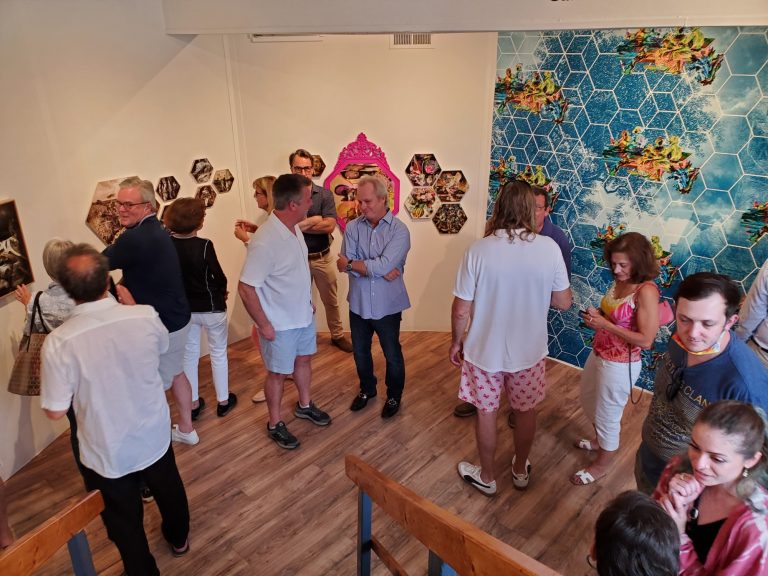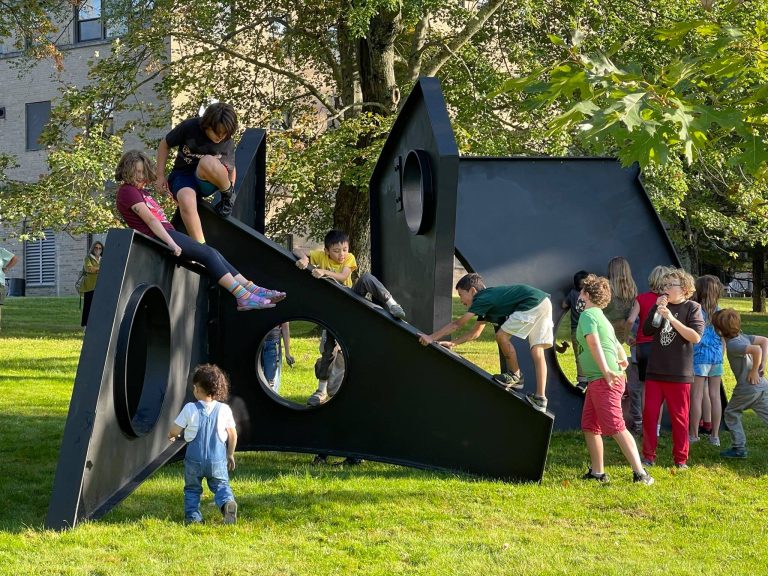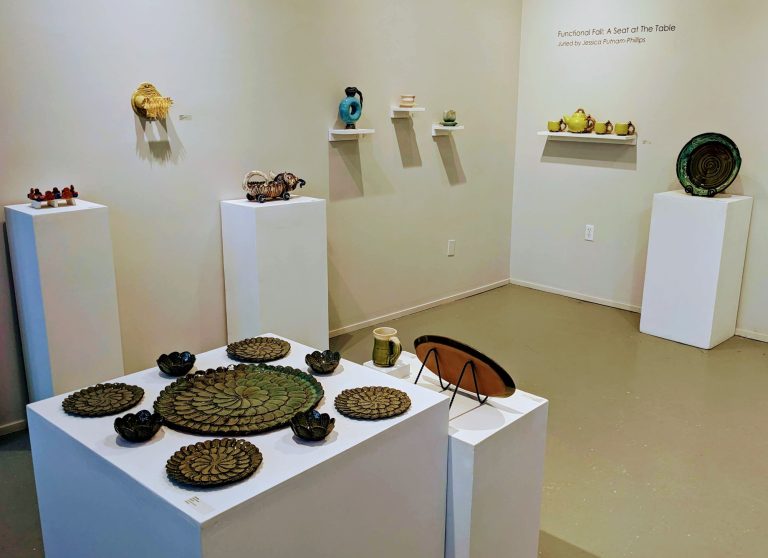Matisse and Chagall in Westchester
by Mary Alice Franklin, ArtsNews Editor
One doesn’t need to travel to a foreign country, or even to New York City, to see artworks from the masters. All they need to do is visit the hamlet of Pocantico Hills in the town of Mount Pleasant. There, among the houses on Bedford Road, is a small church – a historic landmark stone building with a slate roof. This unassuming church holds one of the most unexpected sanctuaries of stained glass windows in the world.
Just behind the wooden doors of the Union Church of Pocantico Hills are ten works by artists Marc Chagall and Henri Matisse – colorful stained glass masterpieces with a storied history. Their legacy is also tied to yet another notable name – the Rockefellers. It was the wealthy philanthropic family that commissioned these works beginning in the 1950s. As it were, John D. Rockefeller Jr. was a founder of Historic Hudson Valley (HHV), the organization that now owns and operates the church.
Says Rob Schweitzer, Vice President of Communications and Commerce at HHV: “It surprises some that Union Church is in fact an extraordinary repository of stunning work from two global masters of the 20th-century art world. How these incredible stained glass windows came to the church, and came to be on display for public enjoyment, is an inspiring story of faith, family and legacy.”
First was Matisse’s Rose Window, which was designed in memory of Abby Rockefeller and commissioned by her sons Norman and David. The work was Matisse’s last. A maquette of the window, completed two days before his passing, was present in his bedroom when he passed away. It was created in the style of the artist’s paper cut-outs, a technique that he experimented with during his final years. Seemingly symmetrical leaves envelop the yellow petals in this circular work, yet each portion and leaf differs slightly from the next. The window was fabricated after Matisse’s death and dedicated to Abby Rockfeller two years later. It sits in a place of prominence, above the church’s altar.
Pablo Picasso once said: “When Matisse dies, Chagall will be the only painter left who understands what color really is.” Perhaps it was kismet then that Peggy Rockefeller, David’s wife, was so taken by Chagall’s work during her visit to the Louvre. The artist’s The Good Samaritan window, a fitting parable given the family’s propensity for helping others, was created to memorialize the life of John D. Rockefeller Jr.
As David Rockefeller remembers it, when Chagall attended the window’s dedication he commented that the other eight windows in the church were “not harmonious” with the Rose Window and The Good Samaritan – and so he agreed to a commission for the remaining windows.
To Picasso’s credit, a sweep of color, thoughtfully arranged and purposeful in its execution, is exactly what Chagall accomplished. The remaining windows, abstract yet representational in style, each depicting a prophet from The Old Testament, pull colors from Matisse’s window. Being mindful of Matisse’s work, Chagall muted his own colors for a more cohesive overall feel, officially ridding the church of its previously “unharmonious” problem. The result is a room befit for worship.
Through November 8, Union Church of Pocantico Hills is operating self-guided tours on a limited capacity basis. Advance ticket reservations for a specific time slot is required.
A version of this article first appeared in the November issue of ArtsNews, ArtsWestchester’s monthly publication. ArtsNewsis distributed throughout Westchester County. A digital copy is also available at artsw.org/artsnews.







